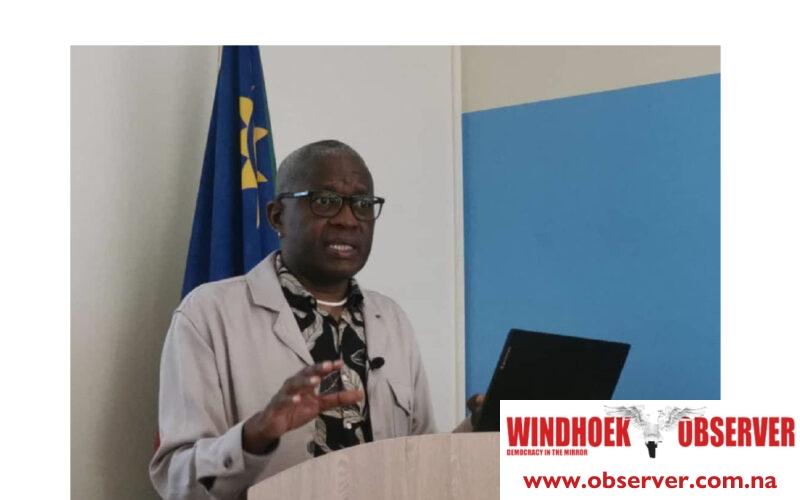Allexer Namundjembo
John Nakuta, Namibia’s Media Ombudsman, advised bigger political parties to learn from Martin Lukato when it comes to media engagement.
He said this last week during the launch of the final election media monitoring report.
“We saw how Martin Lukato of the NDP worked. Due to financial constraints, he didn’t have much media coverage, but the little coverage he received single-handedly made people aware of him, and people voted for him. He is now coming to parliament next month. He is now known, and we have learnt from the media that he’s been around for a decade and a half, making sure people knew him, even on TV. The bigger political parties must learn from Lukato,” Nakuta said.
He also stressed that parties should not always wait for events to happen before commenting or engaging the media, especially when releasing their manifestos.
“Political parties need to do much more. My advice to them is to be online because the internet is much cheaper and more accessible. Of course, it comes with some costs, but if they want to sell their message quickly, they must use social media,” Nakuta said.
The final election media monitoring report details how political parties were covered by the media during last year’s general elections.
The report follows a comprehensive media monitoring project focused on the 2024 National Assembly and presidential elections.
The project lead consultant, Christie Keulder, said that no significant signs of systemic media bias were found.
He noted that Namibian political parties are not communications-driven, with much of their media interaction being event-based.
“Political parties did not develop or implement consistent, coherent communication strategies or plans. As a result, voters had little opportunity to learn about parties, policies, and candidates, he said.
According to the report, smaller parties received more coverage than predicted by their support, mainly due to controversies and crisis events.
Keulder said parties lack critical communication skills and capacity.
He advised political parties to establish stronger communication channels so they could engage directly with their constituents.
“They need to communicate with voters far more than they did in last year’s election. They need to communicate their policies, candidates, and activities. The beneficial thing is that they don’t need to pay for coverage. They just need to develop the capacity to do it,” he urged.
According to the report, Swapo received the most media coverage, followed by PDM, IPC, LPM, NEFF, AR and NUDO.
Most political parties received online coverage, dominated by X (formerly Twitter) and followed by Facebook.
According to the report, the media is primarily reactive, responding to event invitations rather than employing deliberate strategies to inform the public about election-related issues.
As a result, quality reporting is declining, and crucial topics such as gender and inclusivity have not received sufficient attention.
The report suggested that media organisations develop more targeted coverage strategies aimed at specific market segments, such as youths and women, to ensure these important issues are adequately addressed.




